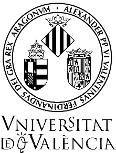3D Supernova (Remnants). How to connect simulations and observations?
Supernova (SN) are among the most fascinating events occurring in the universe. Recent years have brought tremendous progress in observations of young remnants of these explosions that show a genuinely three dimensional structure of the ejected matter. New instruments like JWST or Athena will increase our knowledge further. At the same time our theoretical understanding allows us to model SN consistently from the explosion up to the first centuries in full 3D and first qualitative comparisons are performed. New numerical tools are becoming available to study also 3D effects on the lightcurve or spectra of SN explosions. Therefore, it is now timely to connect the observations to theory in a quantitative way. For this purpose, the models need to be improved and appropriate measures or metrics need to be found to quantify differences between observations and different models. In this workshop we aim at discussing the next steps to make use of the new possibilities to connect theory and observations. Some key questions could be:
- What are the 3D effects on: Morphology, spectra, lightcurves, gravitational waves...
- How reliable are observations? What is actually observed? How big are the ‚error bars‘? What resolutions are achieved now and what can be expected to be improved in the (near) future.
- What is missing in the theoretical models to compare to observations? (e.g. molecule or dust formation, good understanding of mixing and instabilities, different physical processes: beta decay, cooling, radiation transport, cosmic ray generation, ionization, magnetic fields ...)
- How can we combine different approaches to maximize the return? Can we make quantitative statements to be able to compare to observations. Which kind of metric makes sense to use.
- What can be done now, soon and what not?
- What can we learn from multi-messenger astrophysics? In particular, what gravitational waves could tell us about SN explosions.
- How can we visualize and analyze the results?
 |
 |
 |
 |
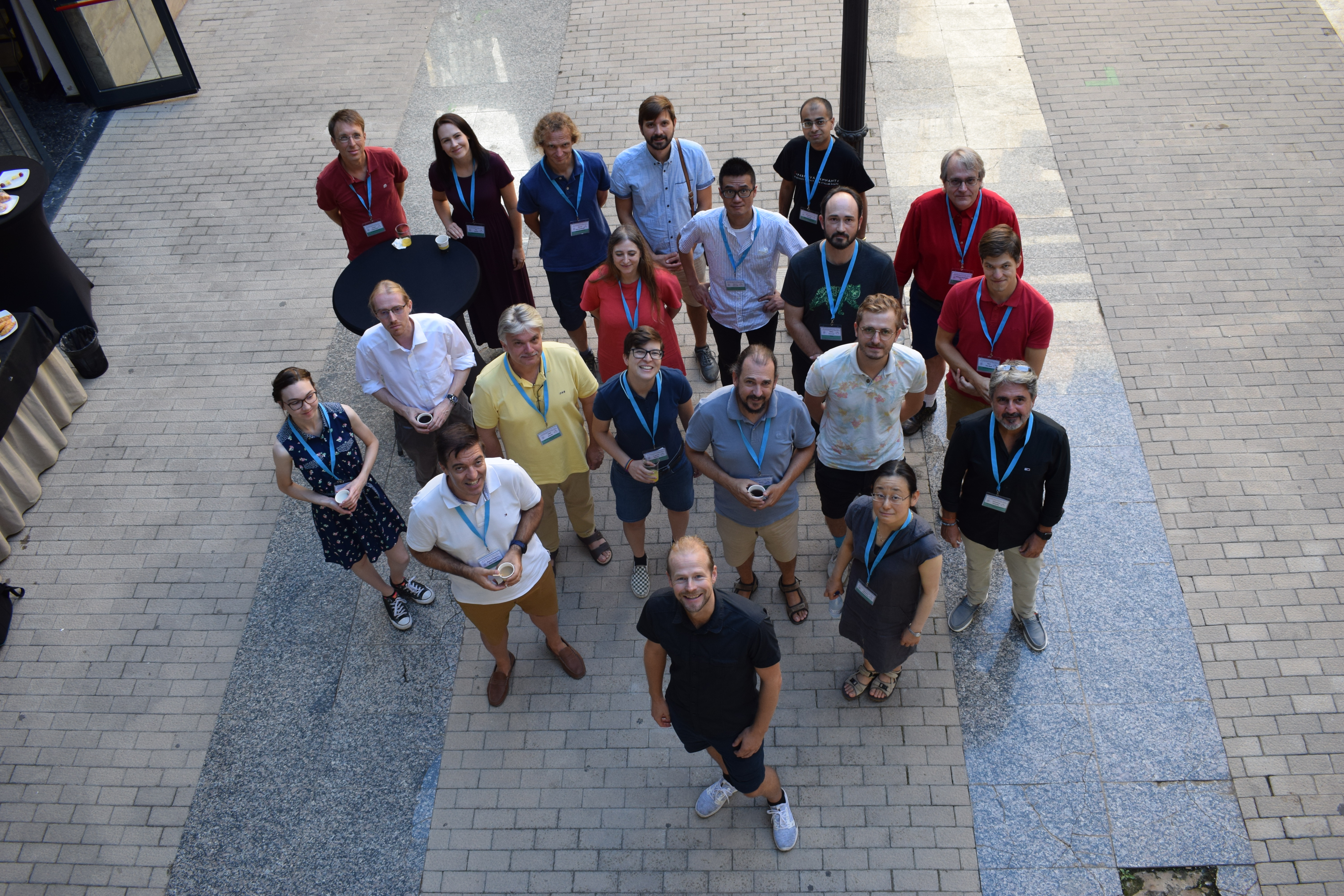 |
Organization Committee
Miguel Ángel Aloy
Jose Antonio Font
Michael Gabler
Beatrice Giudici
Confirmed Speakers
M. Bersten (Universidad Nacional de la Plata)
P. Cerdá-Durán (University of Valencia)
A. Jerkstrand (Stockholm University)
W. Raphael Hix (Oak Ridge National Laboratory & University of Tennessee)
M. Matsuura (Cardiff University)
M. Obergaulinger (University of Valencia)
S. Orlando (Osservatorio Astronomico di Palermo)
A. Sarangi (University of Copenhagen)
T. Temim (Princeton University)
Organized by:
University of Valencia
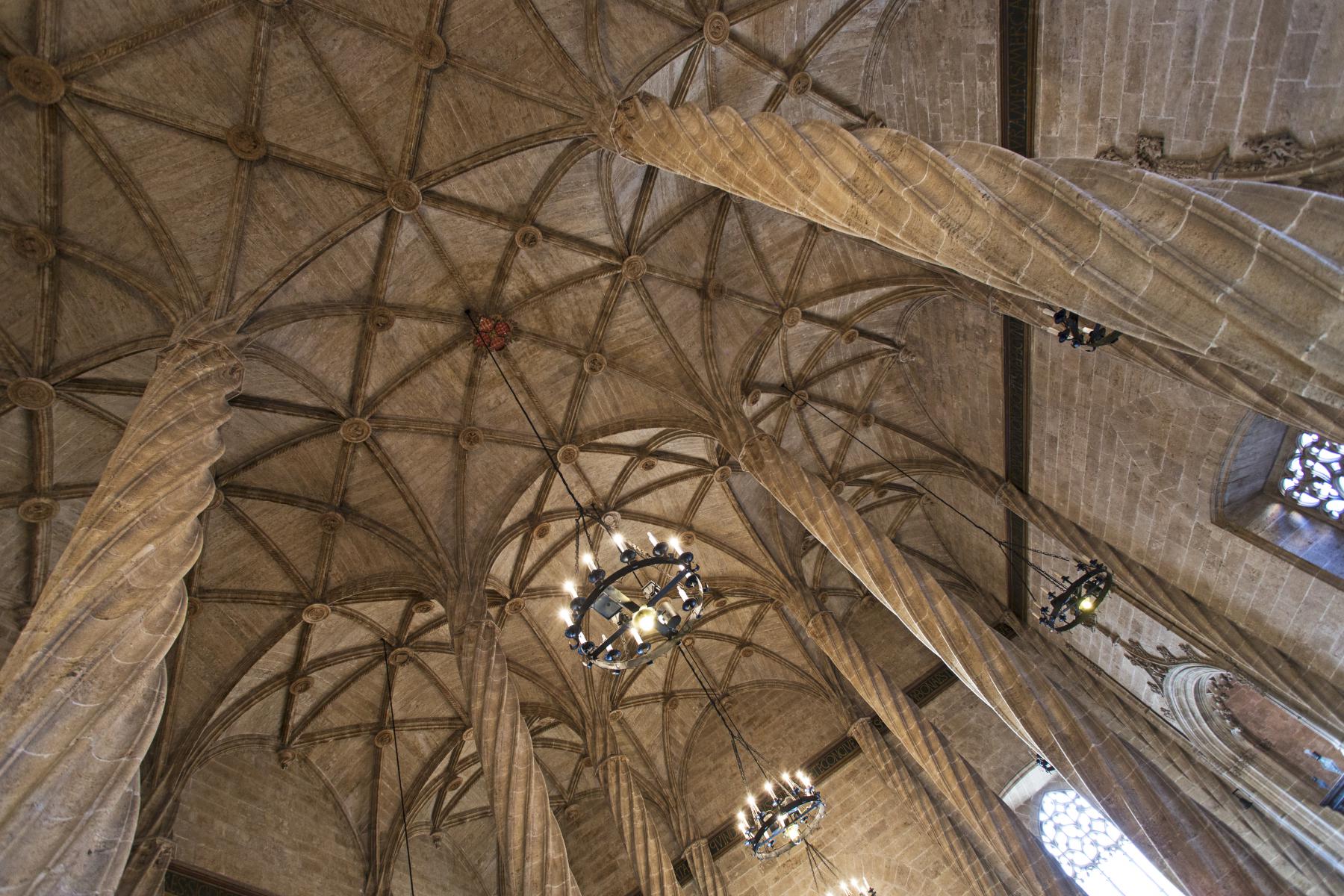
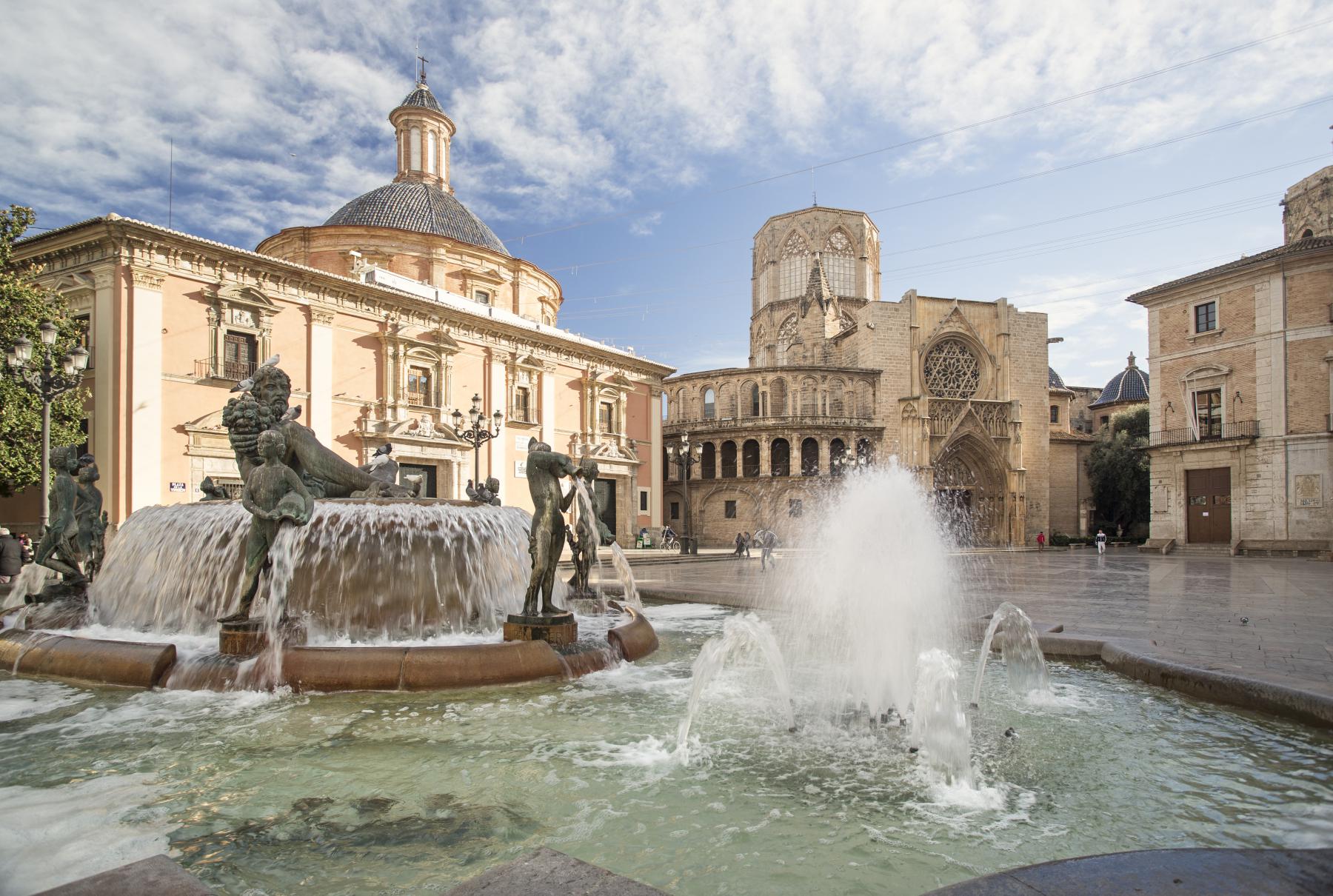
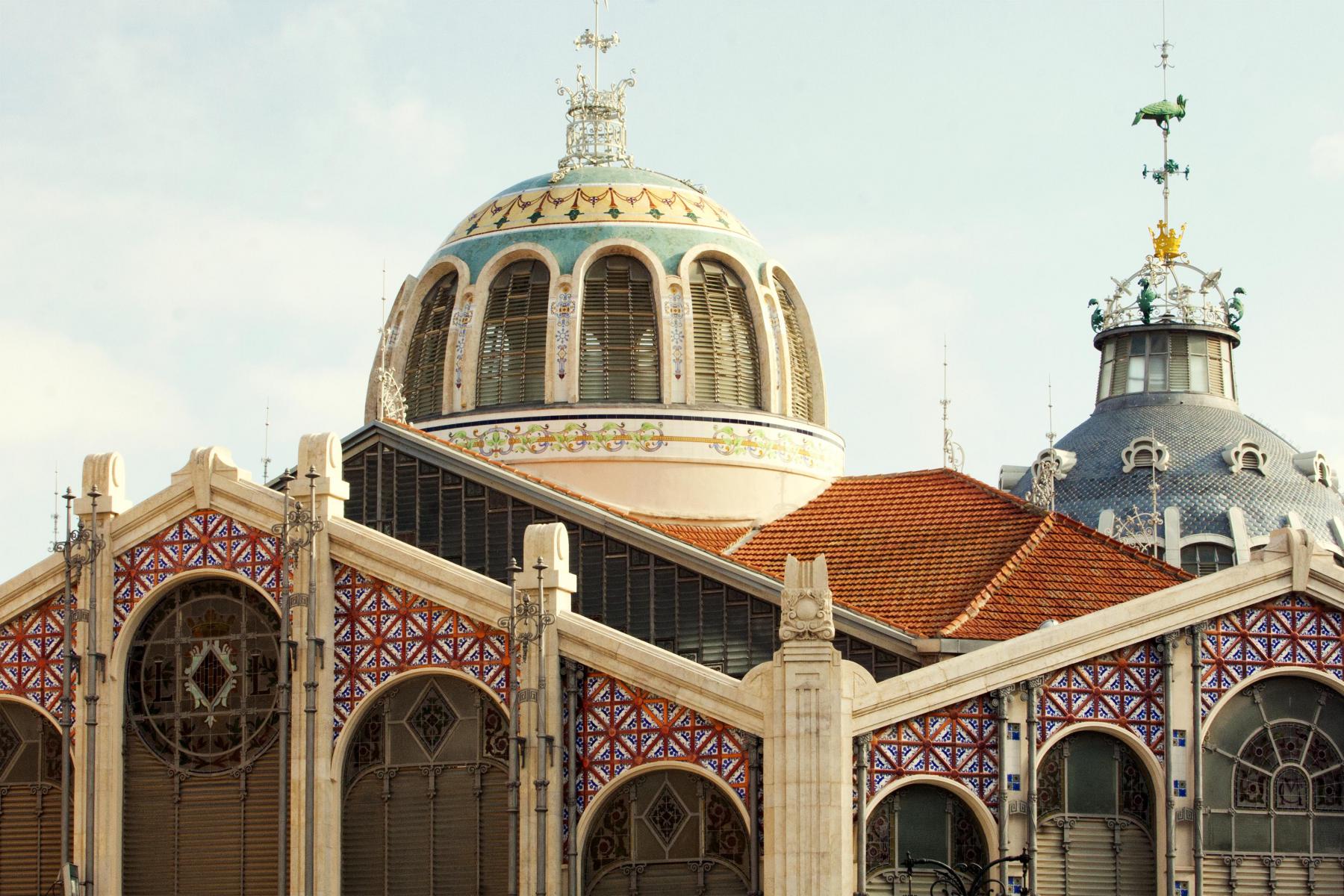
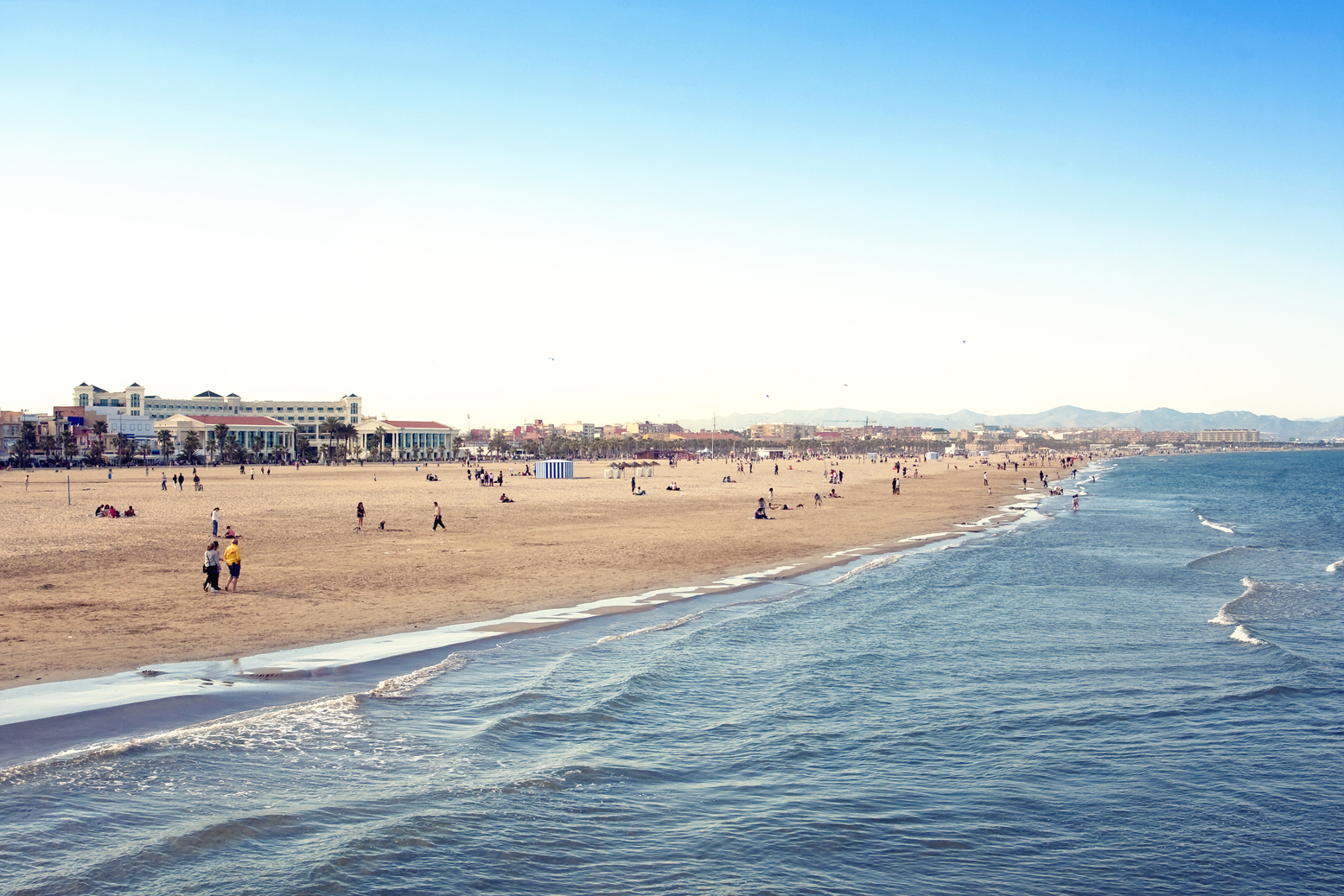
 Organizers, sponsors, collaborators
Organizers, sponsors, collaborators